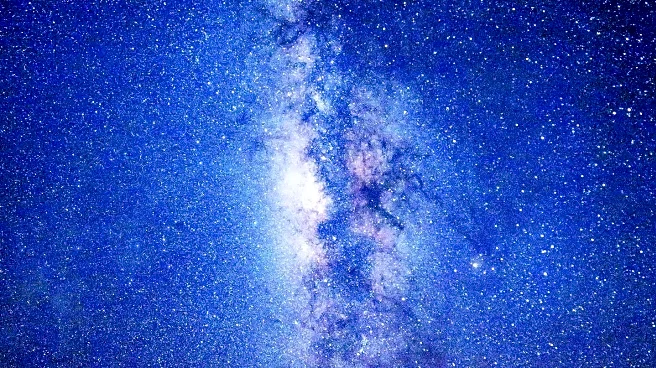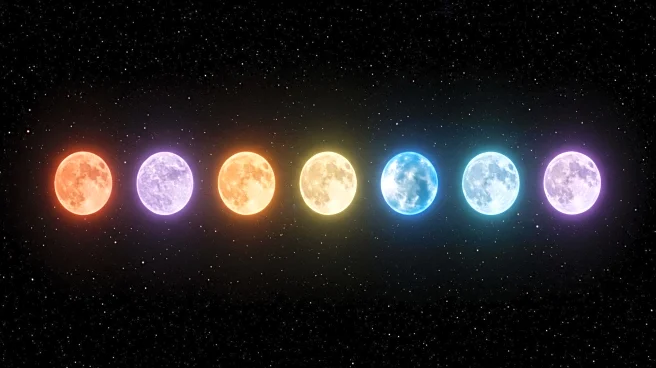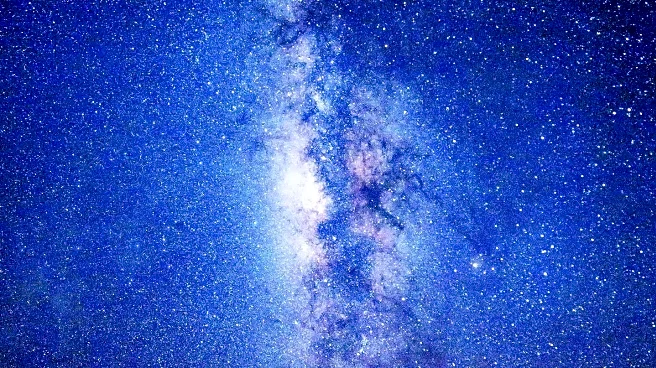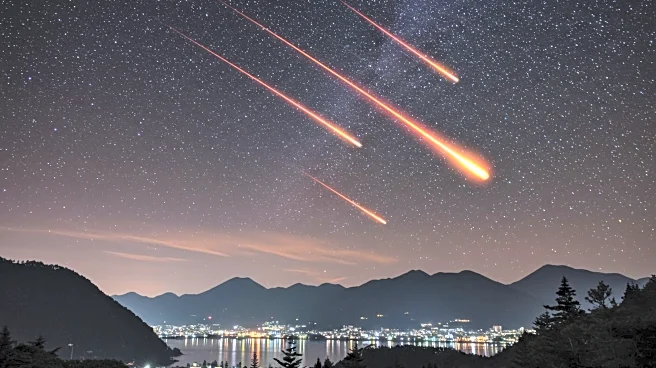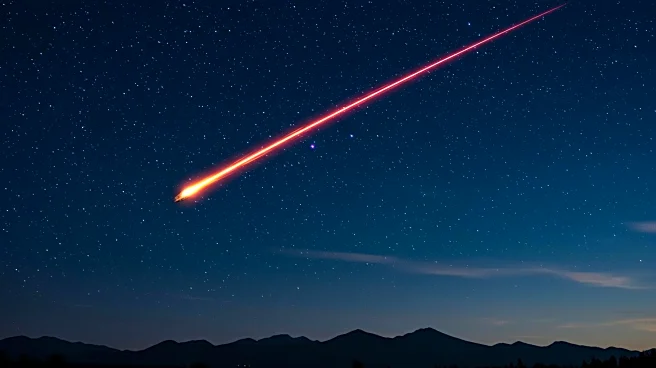What is the story about?
What's Happening?
A partial solar eclipse, referred to as the 'equinox eclipse,' is set to occur on September 21, 2025, coinciding with the equinox that marks the change of seasons. This astronomical event will be visible primarily in the Southern Hemisphere, with significant visibility in Antarctica, New Zealand, and the South Pacific. The eclipse will feature a crescent sun, visible at sunrise in these regions, with up to 86% of the sun obscured in parts of Antarctica's Ross Sea and southern New Zealand. Key viewing locations include Dunedin, New Zealand, where the sun will rise already eclipsed, reaching a maximum of about 72% coverage. The eclipse will not be visible in the Northern Hemisphere, making it a rare spectacle for those in the Southern Hemisphere.
Why It's Important?
The equinox solar eclipse is significant as it highlights the unique astronomical phenomena that occur during equinoxes, when the sun crosses the celestial equator. This event provides an opportunity for scientific observation and public engagement with astronomy, particularly in regions where eclipses are less common. The eclipse's visibility in remote areas like Antarctica underscores the challenges and opportunities for scientific research in extreme environments. Additionally, the event may boost tourism in regions like New Zealand, where the eclipse will be prominently visible, attracting enthusiasts and researchers alike.
What's Next?
Following the equinox eclipse, astronomers and enthusiasts will continue to monitor and study upcoming celestial events, including the total lunar eclipse on September 7, 2025. The visibility of the eclipse in specific regions may prompt local governments and tourism boards to organize viewing events and educational programs to capitalize on public interest. Researchers may also use this opportunity to study the effects of eclipses on local wildlife, particularly in Antarctica, where millions of penguins will witness the event.
Beyond the Headlines
The equinox eclipse presents an opportunity to explore the cultural and educational impact of astronomical events. Such phenomena can inspire interest in science and technology, encouraging educational institutions to incorporate astronomy into their curricula. The event also highlights the importance of preserving dark skies and minimizing light pollution to ensure future generations can experience similar celestial events.
AI Generated Content
Do you find this article useful?


